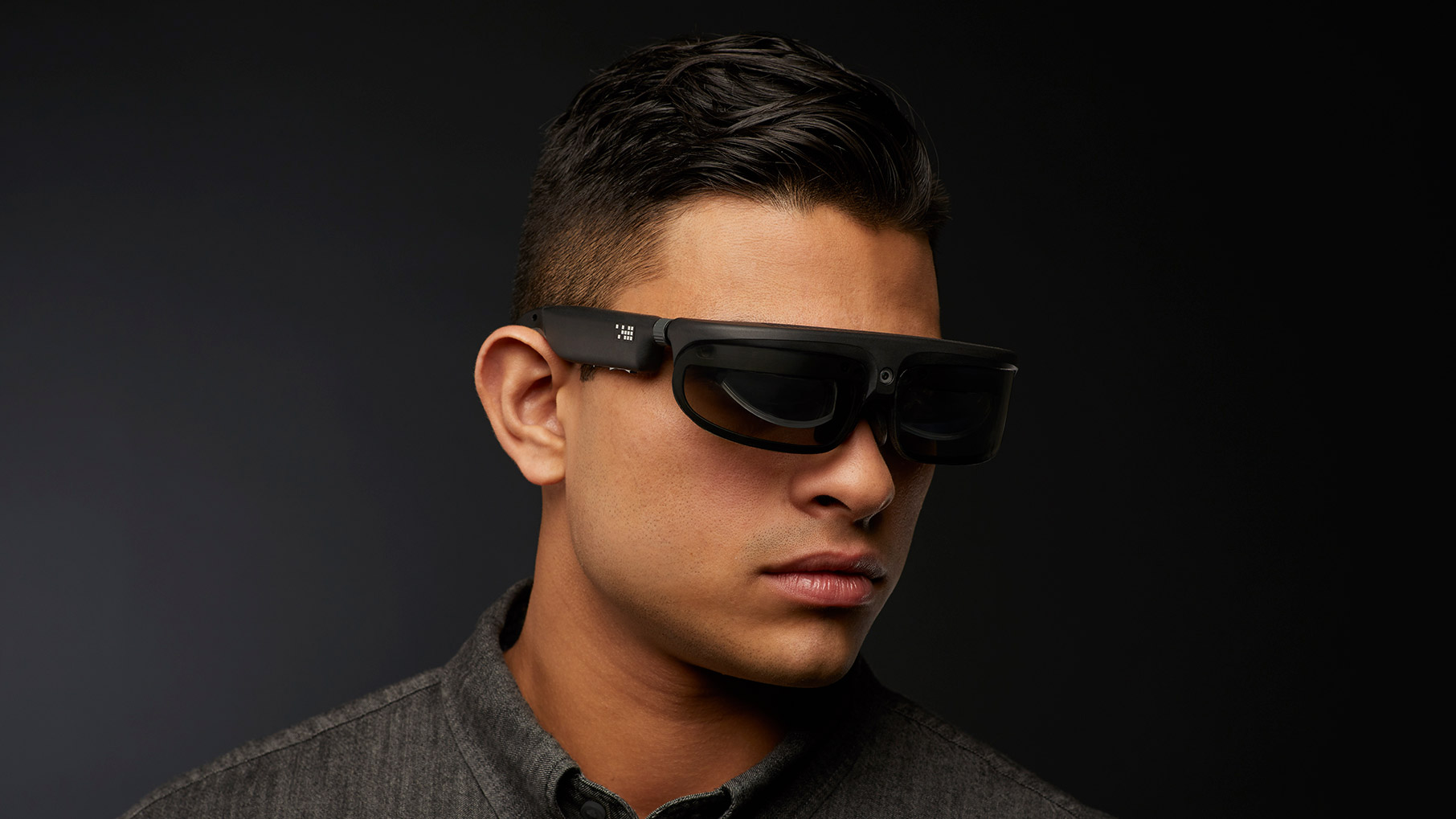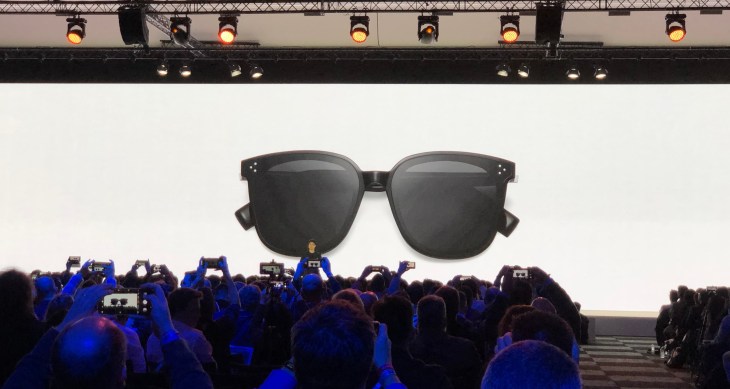The first wave of AR startups offering smart glasses is now over, with a few exceptions.
Google acquired North this week for an undisclosed sum. The Canadian company had raised nearly $200 million, but the release of its Focals 2.0 smart glasses has been cancelled, a bittersweet end for its soft landing.
Many AR startups before North made huge promises and raised huge amounts of capital before flaring out in a similarly dramatic fashion.
The technology was almost there in a lot of cases, but the real issue was that the stakes to beat the major players to market were so high that many entrants pushed out boring, general consumer products. In a race to be everything for everybody, the industry relied on nascent developer platforms to do the dirty work of building their early use cases, which contributed heavily to nonexistent user adoption.
A key error of this batch was thinking that an AR glasses company was hardware-first, when the reality is that the missing value is almost entirely centered on missing first-party software experiences. To succeed, the next generation of consumer AR glasses will have to nail this.

Image Credits: ODG
App ecosystems alone don’t create product-market fit
Killer apps of AR (and VR) have long been viewed as some kind of milestone that a platform can reach once enough users and developers coalesced around the hardware. That thinking is born out of how late-stage mobile has developed, but it also vastly overestimates the starting point of current consumer AR offerings. While gaming has developed swimmingly enough in the VR world, there is almost nothing worthwhile for consumers to do in AR on any platform.
The biggest failure of these startups was an overreliance on the idea that an app store ecosystem could help them avoid doing the hardest work, figuring out what consumers would do with AR glasses. One of the biggest shocks of Magic Leap’s first release was just how limited the first-party software was, but this has been the case for nearly every dead AR startup. Building a self-sustaining developer platform is challenging and incredibly expensive to begin with. Few 1.0 startups had any idea what to do beyond backing VR studios to port games and media viewers into AR, efforts that impressed no one.
I touched on this a little bit in my piece on the future of apps, but I’m pretty certain third-party developers aren’t going to play a big role in the initial adoption of AR glasses. Bringing users onboard without heavily controlled cross-app design paradigms will hamper adoption early on and I’d imagine that third-party apps will look more like integrations that team custom neural nets with lightweight interfaces for pretty simple functionality that look more like widgets that surface contextual data.
The real burden will be on device sellers to create a killer OS that teams a contextual UI with stock apps that get the job done on their own but can be enhanced by third-party partnerships and integrations. This admittedly flies in the face of what Apple and Google have been doing for several years with ARKit and ARCore on mobile, though it’s also clear that few third-party apps on those platforms have delivered.

Meta in action. Image Credits: PRNewsfoto/Dell
AR needs purpose-built use cases
The Apple Watch provides a good example for how smart-glasses software might scale: It shipped with an App Store and plenty of high-profile developers, but nearly all of those third-party efforts floundered, which forced Apple to double down on first-party fitness features to drive adoption. Today, third-party integrations are most visible on the Watch in super lightweight complication form and apps that live off of HealthKit data. This will likely be the case for the first pairs of AR hardware that take off, minimal room for third-party platforms and a central focus on first-party utility.
There’s already a class of AR hardware out there today operating under the premise that the key to success is finding a purpose-driven niche. Everysight has been shipping goggles with a heads-up display for cyclists, Form raised funding earlier this year for an AR solution for swimmers, and there are a number of startups working to create AR ski goggles. None of these quite sound like a mass-market opportunity, but finding a more universal consumer pain point will frame the next generation of devices.
One takeaway is that even though there’s the same daunting resource mismatch, sidestepping the challenges of kickstarting a developer platform on day zero puts startup contenders on slightly more equal footing to challenge titans like Apple, Facebook and Google.

Ultimately, the first generation of glasses aimed to preempt these giants, building off the hype of the Google Glass experiment and the excitement surrounding early VR efforts particularly around Oculus. Most efforts shot themselves in the foot as they aimed to avoid Magic Leap’s fate.
The next generation of consumer AR startups will need to come out of the gate with use cases that makes sense — tech consumers will always embrace useful products that are also fun and easy to use. They’ll also need to make noise to rival the big-name entrants, which may prove fatal. Even with nearly unlimited resources larger companies still seem to be deep in the experimentation phase, however, which is exactly what the space needs more of.
